Day 1
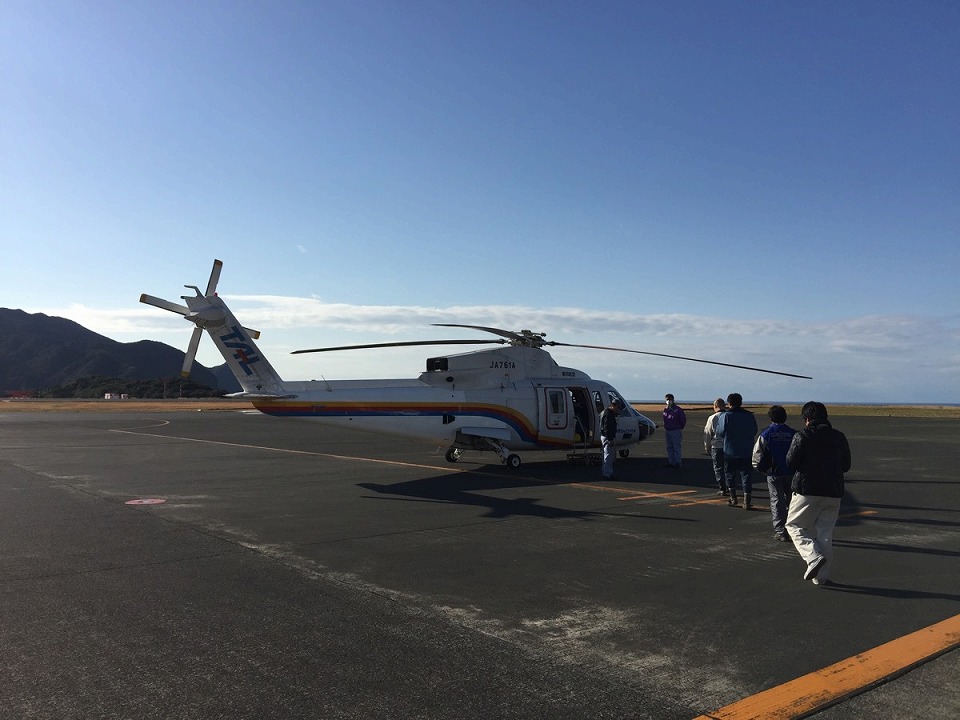
Access to Aogashima Island
This time I flew from Haneda Airport, then took a helicopter from Hachijojima for the final hop to Aogashima Island. The helicopter body was a bit larger than I expected. It was my
first helicopter ride and I was worried about the body of the small aircraft, given my deadly previous experience with a swaying Cessna. However, the flight of around 20 minutes or
so passed off smoothly with no wind or swaying.
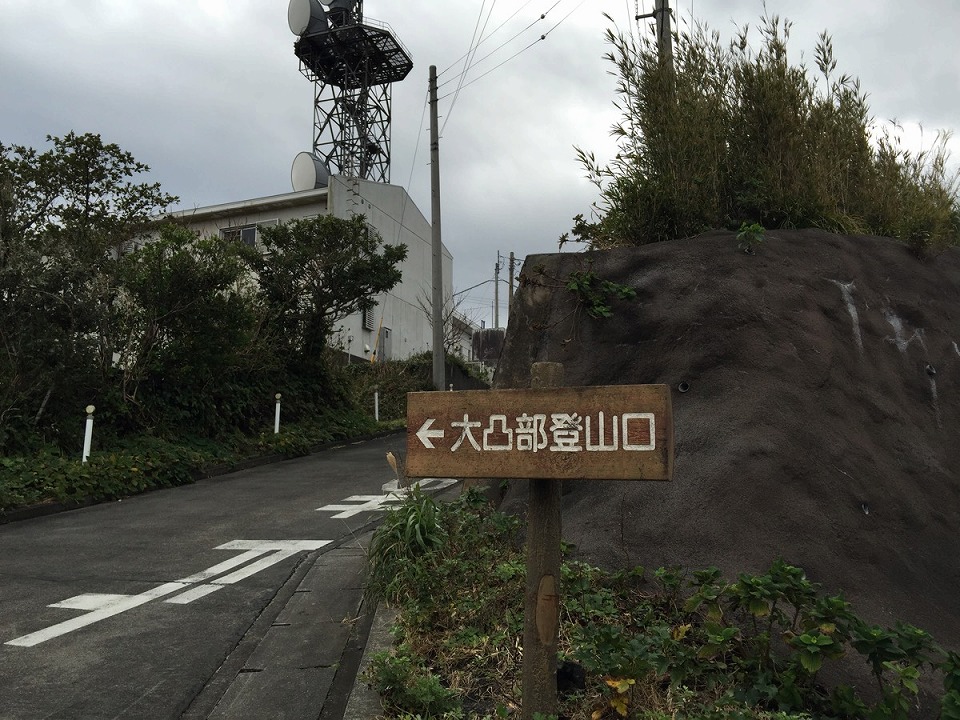
Otonbu Trailhead
Climbing along the mountain trail for 15 to 20 minutes, we eventually made it to "Otonbu". The trail has been upgraded a bit and anyone can climb it if wearing the right
shoes (since some parts are slippery), but it may be hard work if you are lacking exercise.
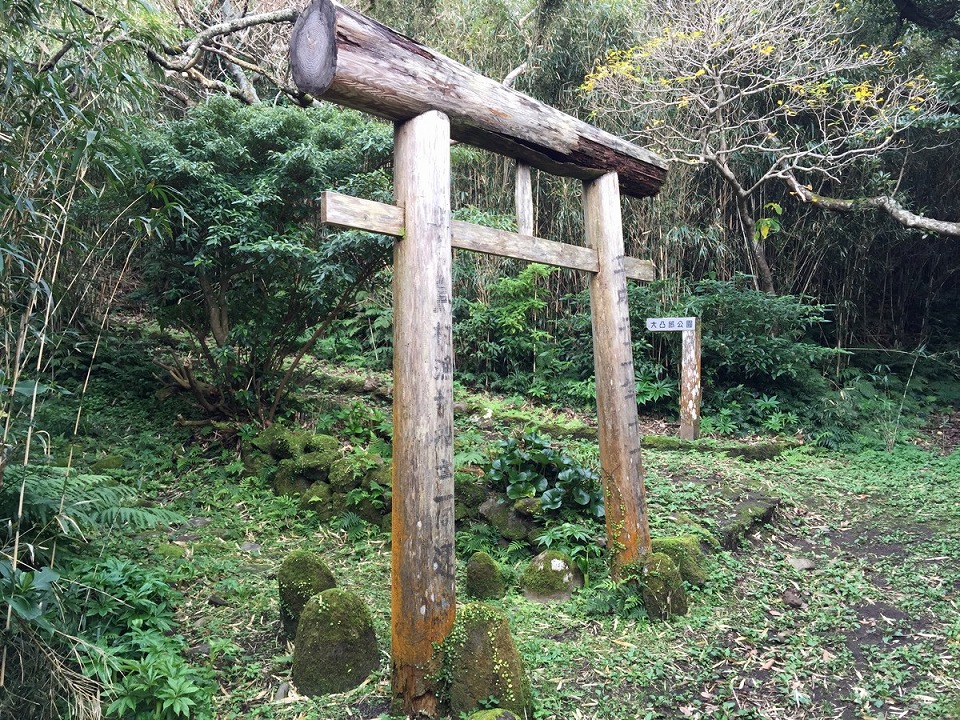
Climbing up to Otonbu
When the Japanese shrine gate (Torii) is shown, climb up the right side. Beyond the gate, the trail veers off to another shrine and observation platform (via what is said to be a
very steep slope).
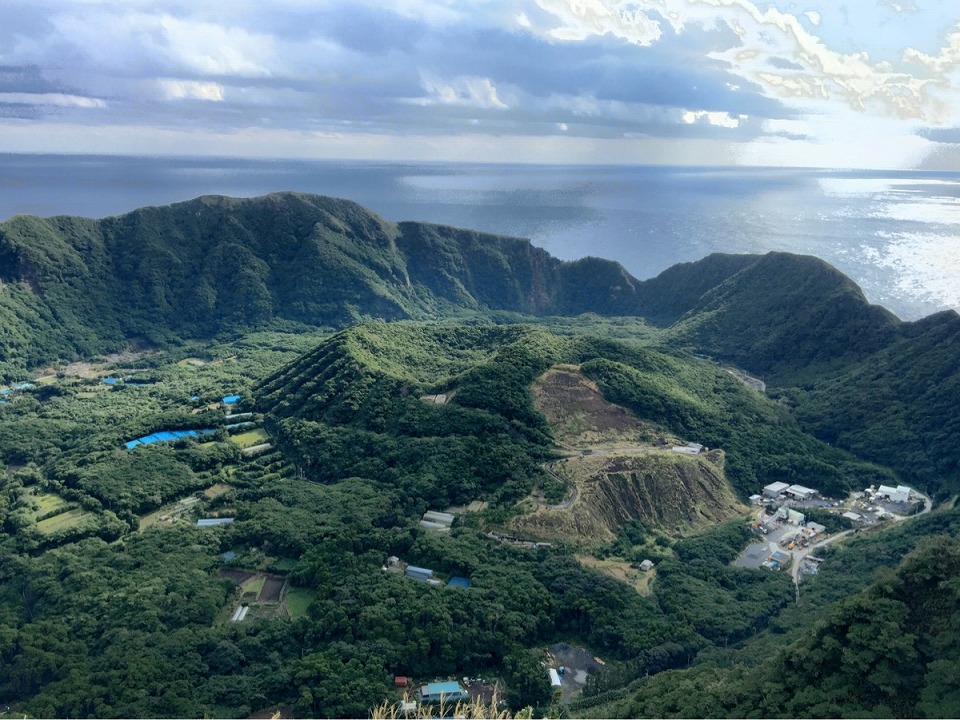
Otonbu Summit
I arrived at the summit observation platform! What an amazing view! What wonderful scenery! Outside the mountain walls rising up all around is nothing but ocean; it is cliff.
Resembling forbidding invaders from the sea. I found it all captivating; like a miniature garden where nature is nurtured silently within an island alone in the ocean, viewing the
scenery for around one hour. Gazing at this with your own eyes will leave you trembling.
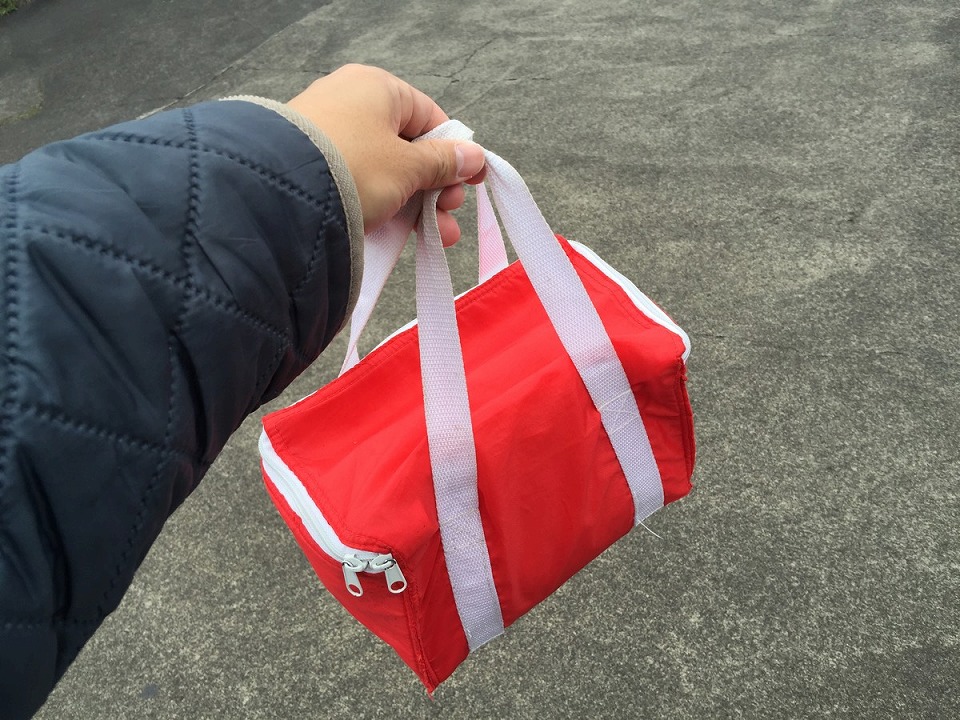
Lunch With a Geothermal Kettle
On arrival at the accommodation, the landlady asked me - "We serve lunch in the lunchbox style – is that OK?" I did not understand her completely, but still said
"Yes" because there is no restaurant in Aogashima Island. The lunch box contained rice balls, sausage, egg, simmered fish, Hingya's salt (made using fumarole vapor) and
home-made salted fish guts, as she explained. I was told to bring it and steam it via a geothermal kettle before eating.
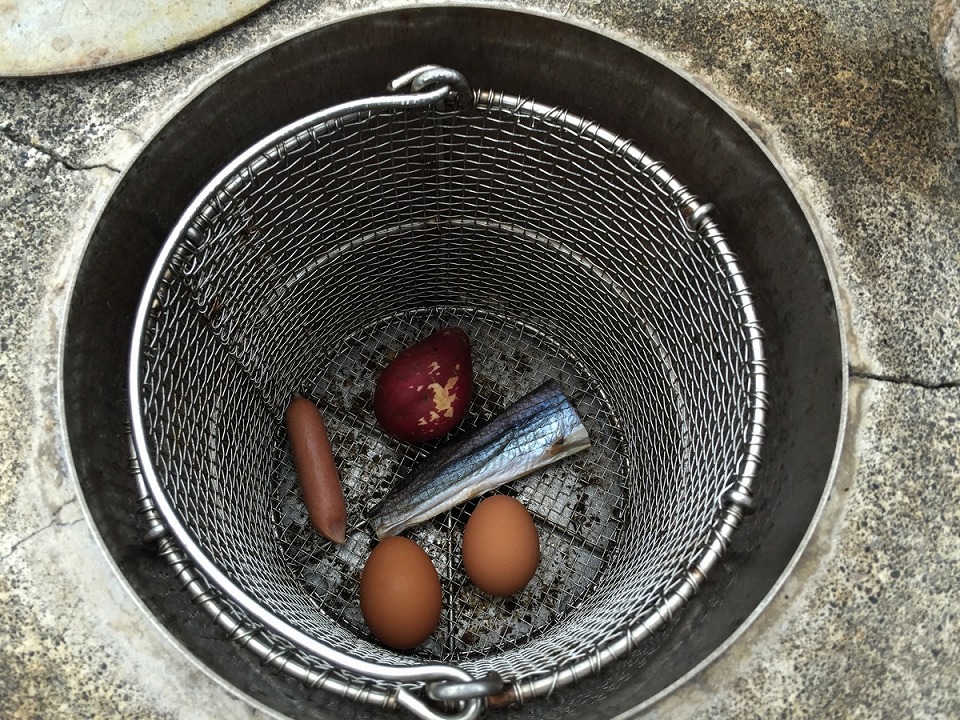
Geothermal Kettle
It is easy to use. Open the lid, pop in the food and just steam it with water vapor. Sausage, eggs and fish take about 15 minutes, and sweet potatoes 20 to 30 minutes. Now, my food
is ready. Munching the rice balls in advance, I'm looking forward to complete the seaming. Mmm, yum yum.
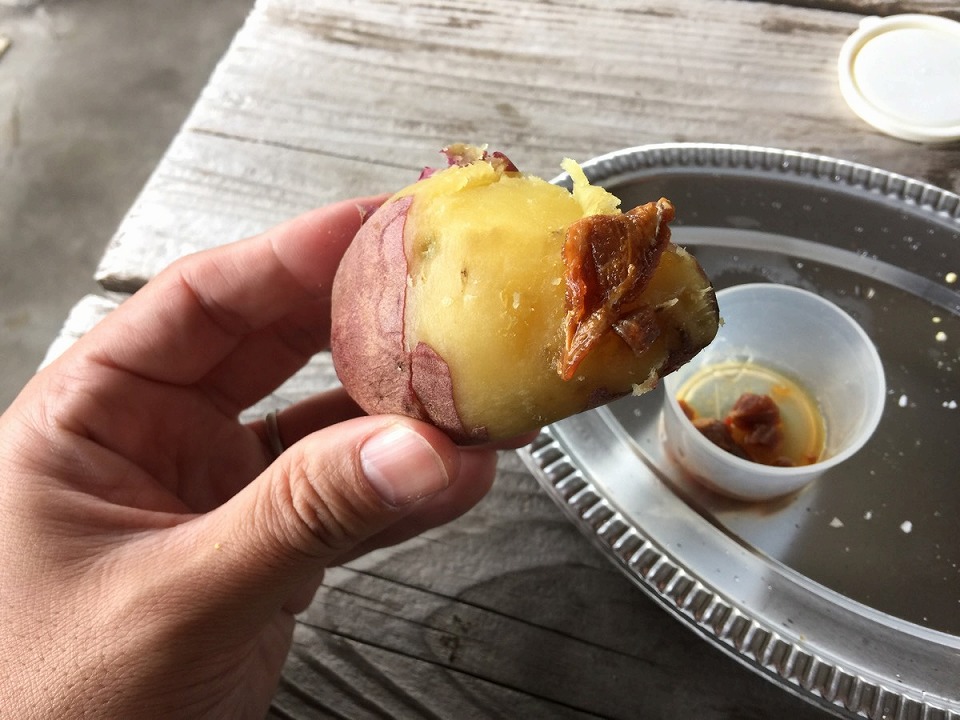
Sweet Potato
This is the sweet potato steamed in the geothermal kettle. I'm enjoying it with home-made salted fish guts - yummy!! A little spicy and also with a hint of ginger. Anyway, these
salted guts are unlike anything I have ever tasted – the taste and flavor really stand out. On returning to the accommodation, I found myself asking "Is this for sale?"
Unfortunately, the answer was no.
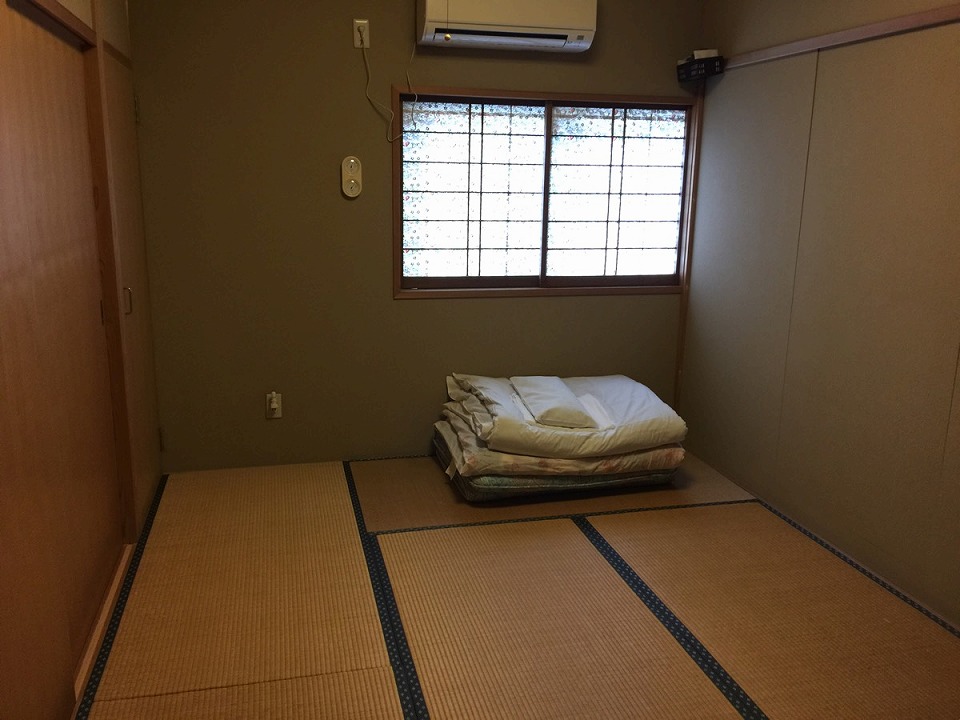
Business Inn Nakazato
As reflected in the "business inn" title, the accommodation was hosting an impressive number of construction workers. Short-stay visitors like tourists seem to use the main
building, while those staying longer, like construction workers, prefer the annex. All guests eat in the dining area. I stayed in a clean tatami room, equipped with an
air-conditioner and a TV.
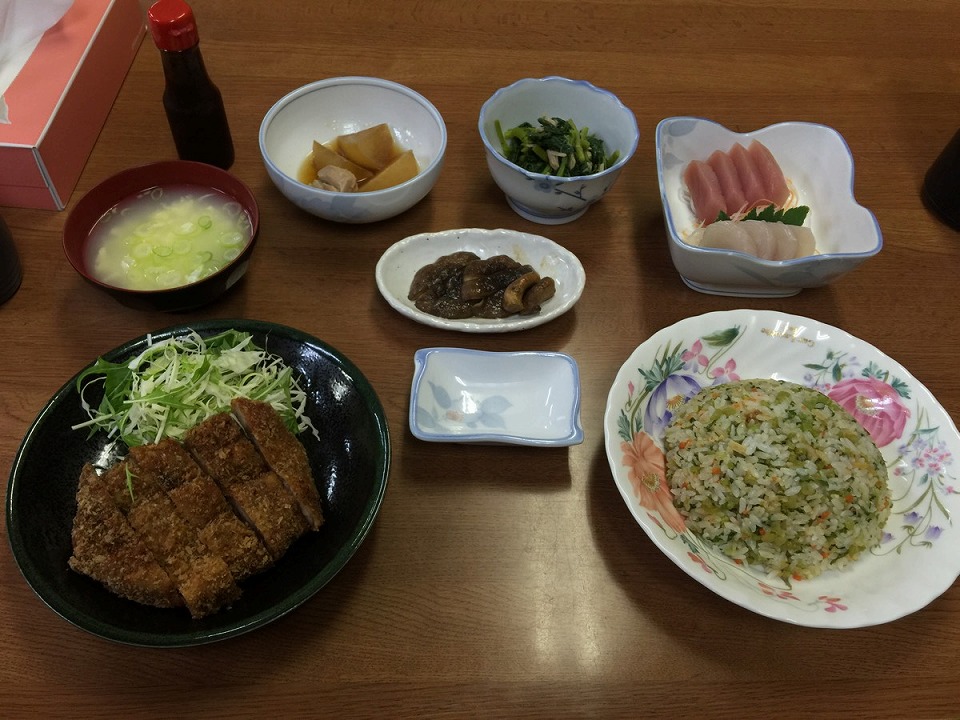
Dinner at Business Inn Nakazato
Business Inn Nakazato serves substantial meals. This shows the landlady's consideration – she feels sorry if her guests get hungry, given how many of her guests are construction
workers and the lack of restaurants in the surrounding area. Dinner on Day 1 was pork cutlet, sashimi and fried rice. I was surprised to see hearty meals right from the start.








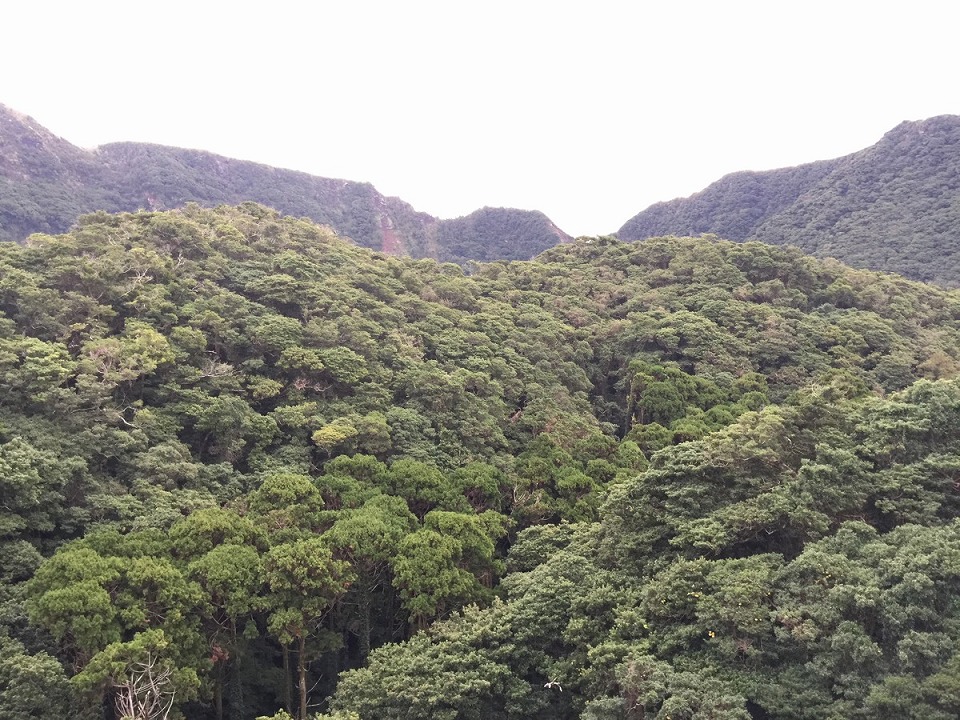
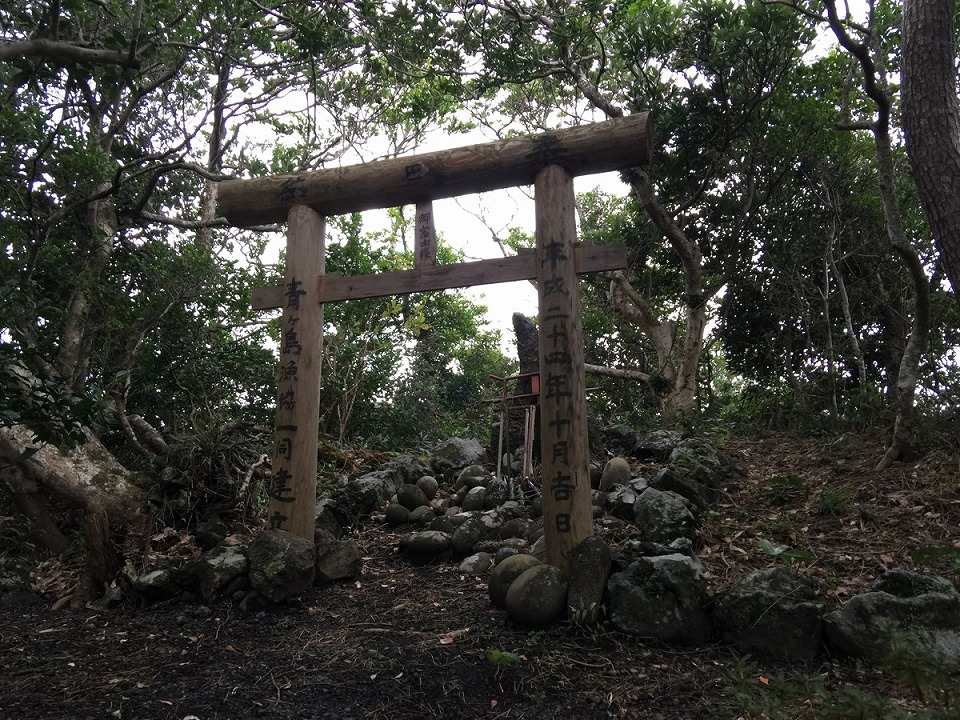
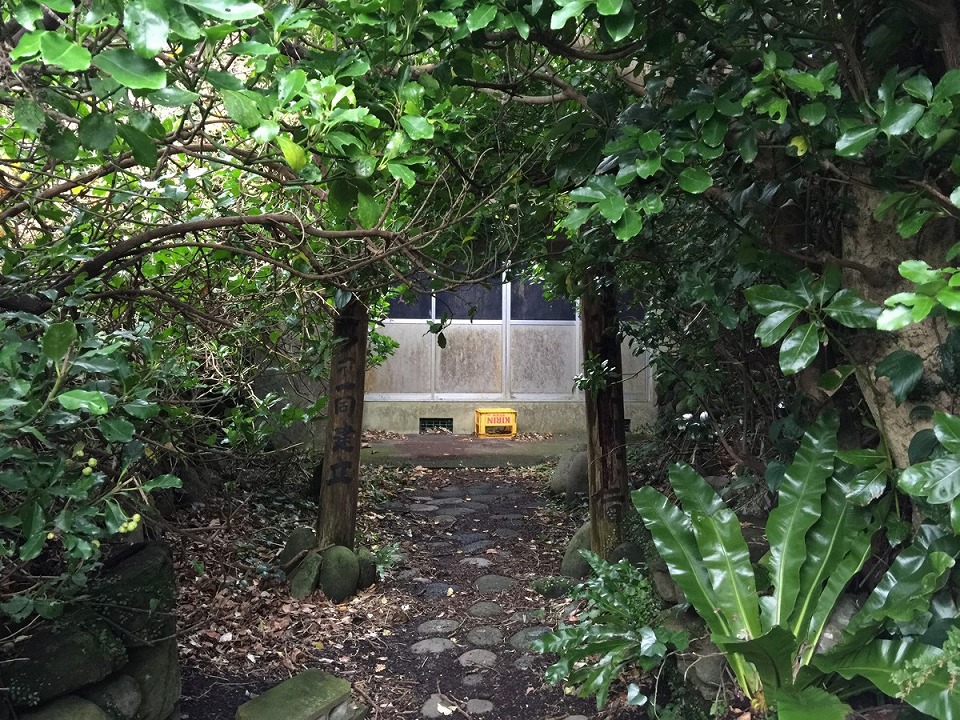

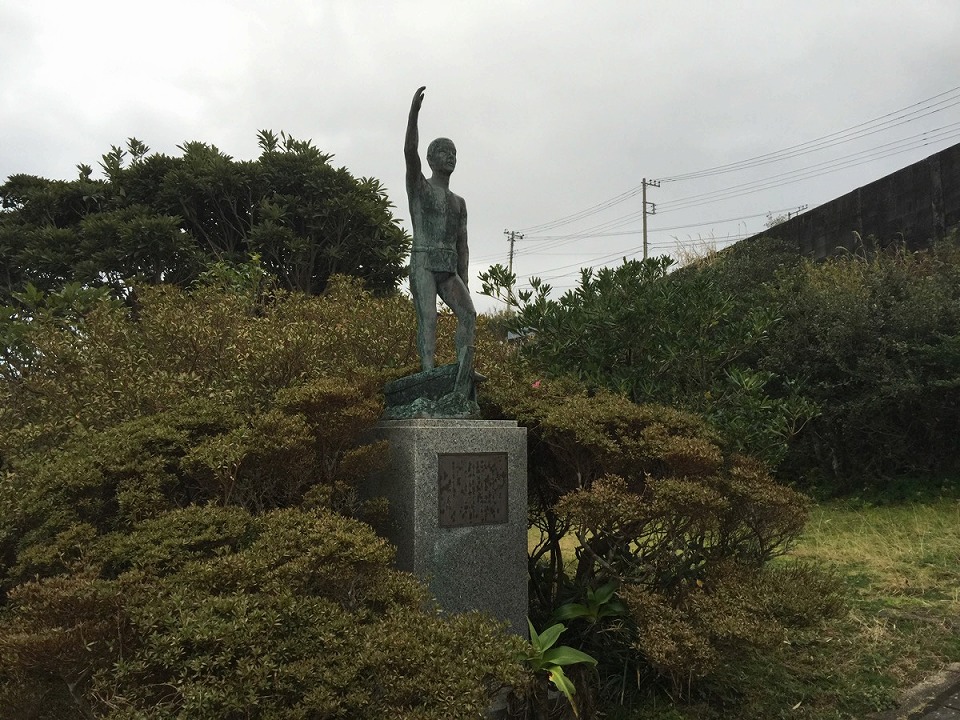
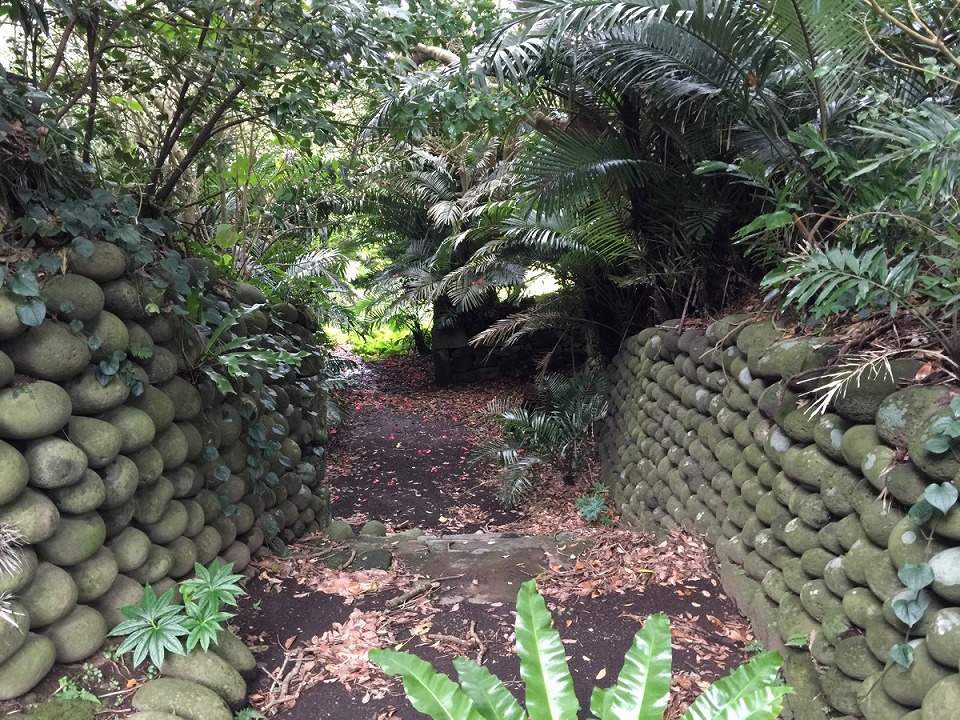
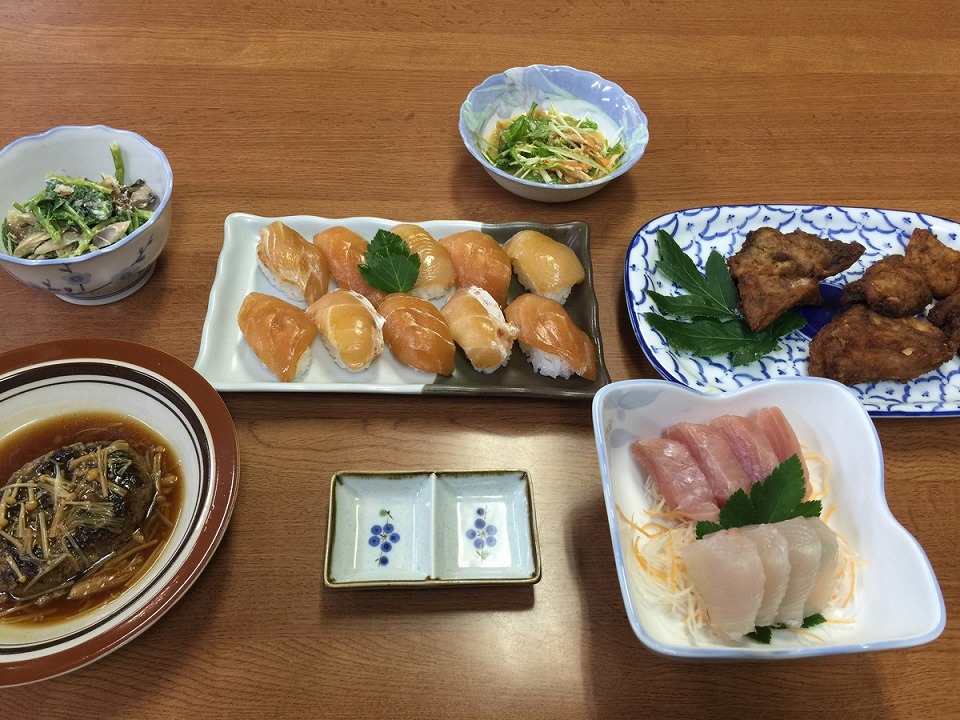
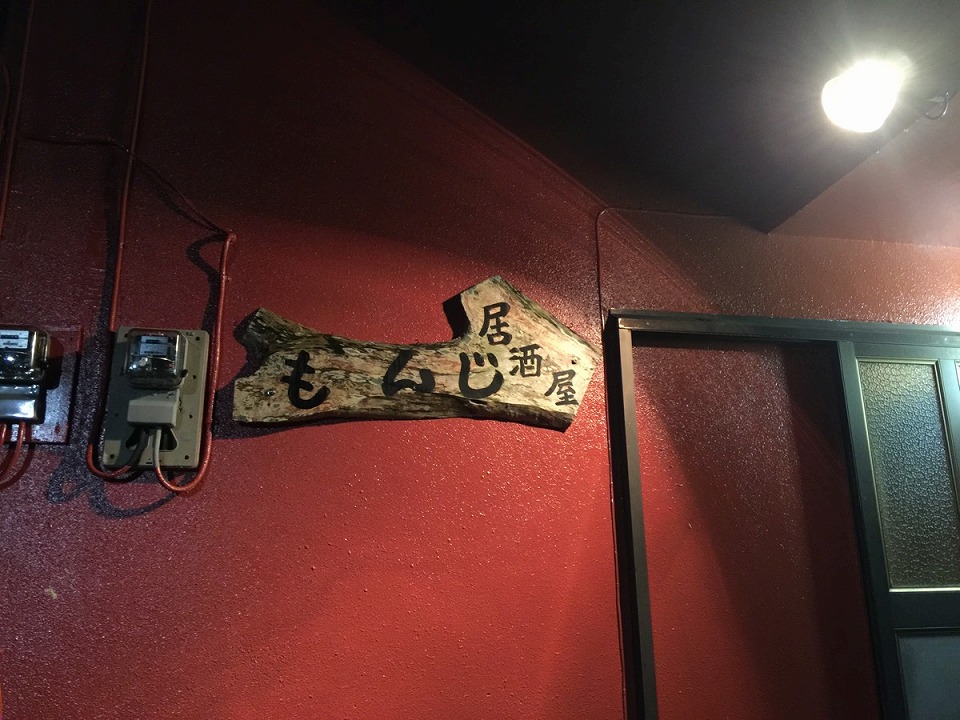
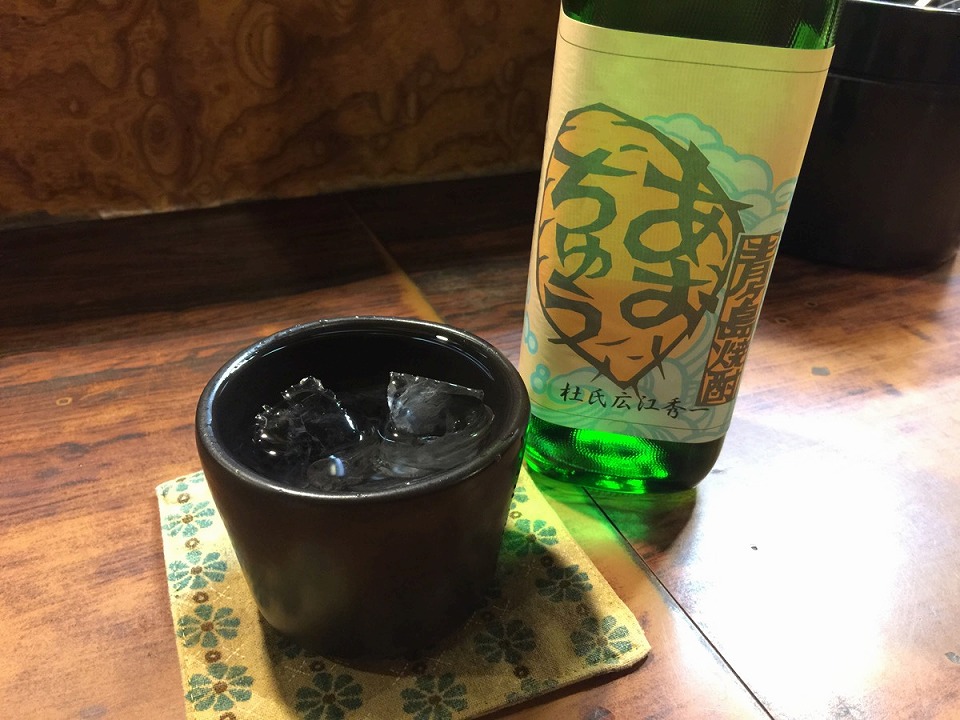
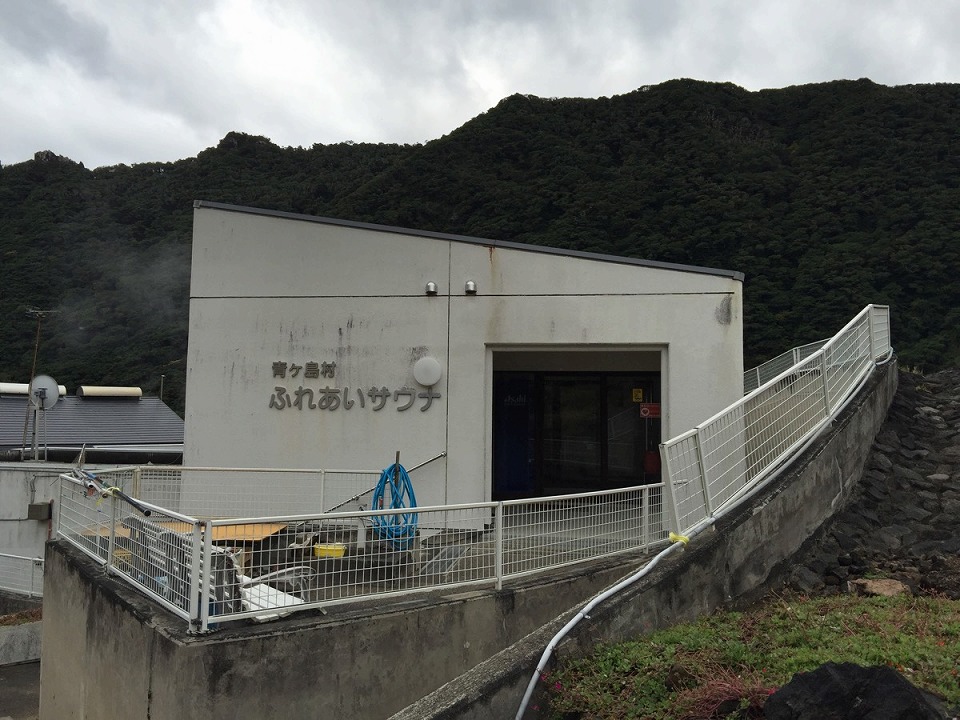
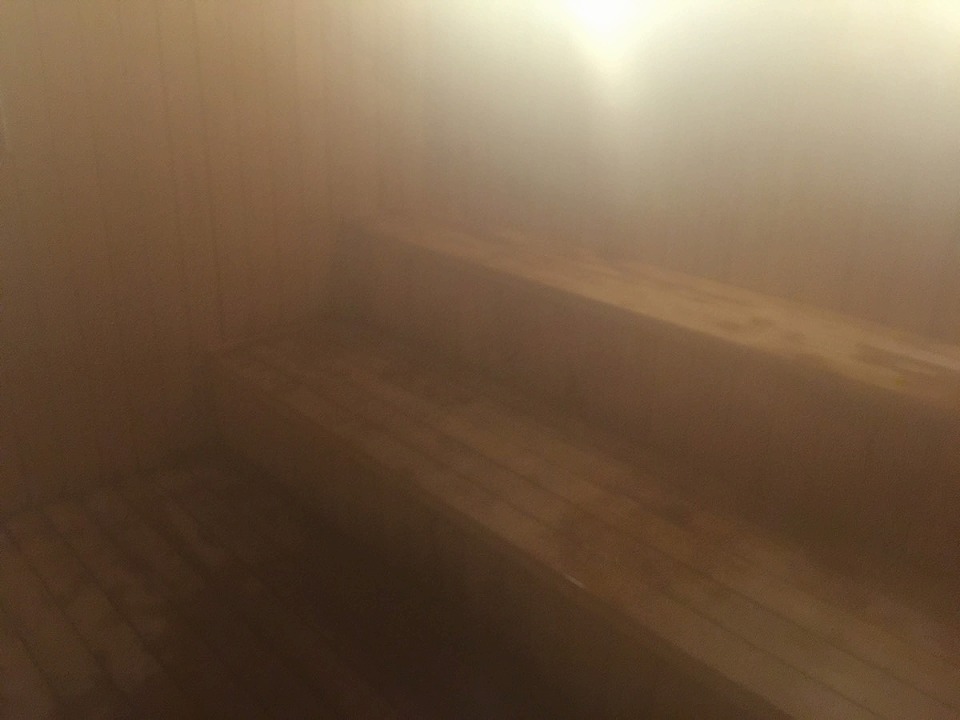
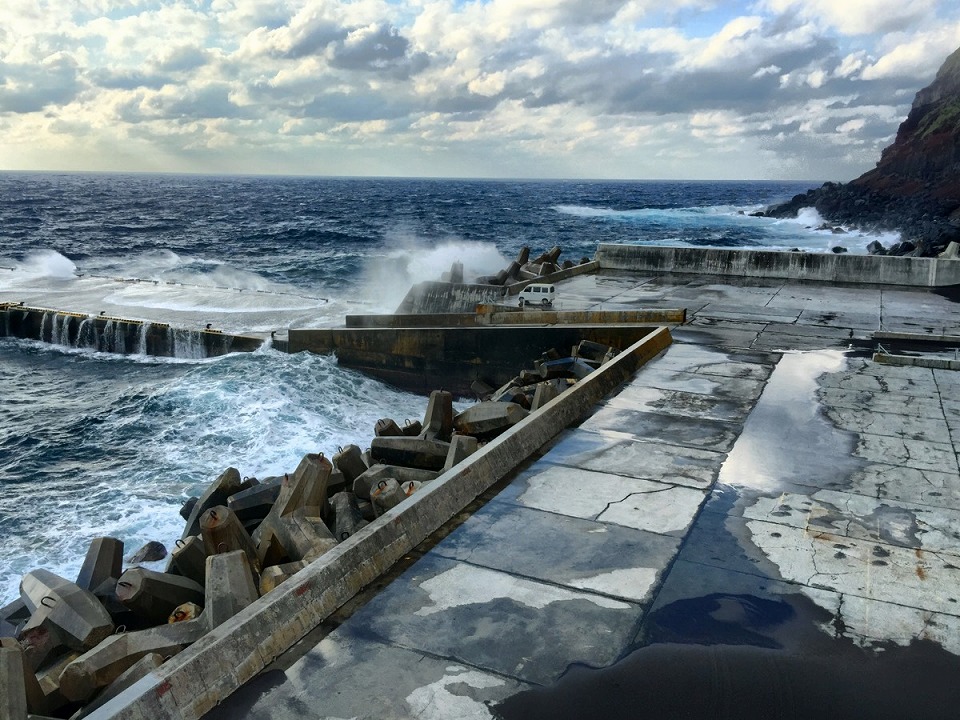
Nominated as Alpha Blogger in 2004 and 2006 and has also written a number of books on blogging and SNS.